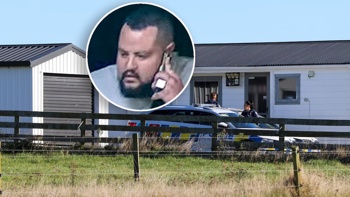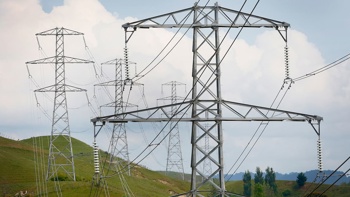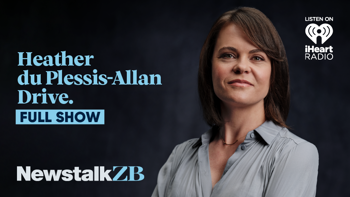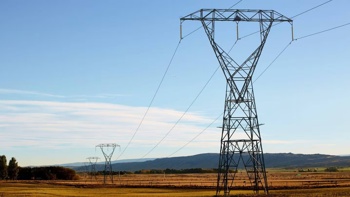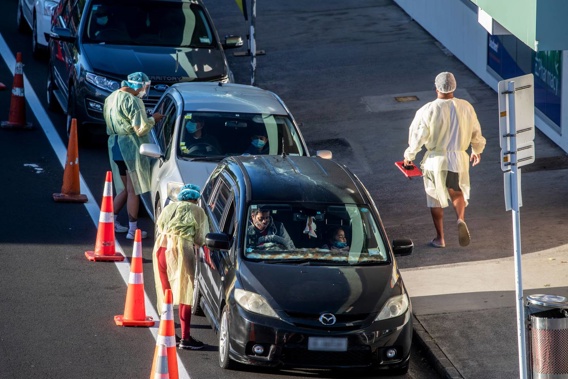
OMICRON LATEST:
* Health officials' plea as Auckland testing sites struggle under heavy demand
* 1000 returnees to leave MIQ early in phase 2 Omicron response
* Omicron wave: Experts predict what happens next
* NZ about to find out the real value of 'low-skilled' workers
* Opinion: Govt's RAT policy will punish small businesses
The second stage of New Zealand's plan to tackle Omicron came into force this morning. But are we ready for the surge in cases? Uncertainty remains over who exactly will get access to rapid tests, and experts are warning of gaps in health and home isolation services.
Rapid antigen tests
The Government says it has enough RATs to deal with a large Omicron outbreak. But it is uncertain whether they will be widely available to all workers or members of the public, and when that could happen.
In all, 123 million rapid antigen tests have been ordered through to June. There are 7.2 million tests in the country now and another 1 million are expected by the end of the week. By the end of the month, there will be 22.5 million in the country.
Modelling has indicated that New Zealand might need up to nine million RATs a week at the peak of the Omicron outbreak - the equivalent of every New Zealander getting tested twice a week.
For now, the tests are being limited to symptomatic people and contacts, "critical" sectors like healthcare and supply chains, and high-risk places like rest homes (visitors will require a negative test).
Prime Minister Jacinda Ardern said on Monday that enough RATs had been secured by the Government to deal with a widespread Omicron outbreak.
But the Government or Ministry of Health could not yet say when they might be available to other sectors, like teachers, or for purchase from supermarket shelves.
Ardern noted two important variables. The first was the number of cases, because all symptomatic cases would need a RAT. And the second was the ability of RAT suppliers to deliver on the orders.
Director general of health Dr Ashley Bloomfield said he expected to have more confidence in New Zealand's supply by the end of February, when several large orders had arrived.
One of the limitations in using the tests more broadly is that they first need Medsafe approval. Nine types of tests have been cleared for use so far, and another 19 types are being assessed. In Australia, 23 tests have been approved for use at home, and 67 types for "point of care" use.
National and Act have called for all tests approved in Australia to be immediately approved here. They say anyone should be able to buy one in a supermarket or pharmacy.
So far, 5620 businesses have signed up for a critical worker exemption scheme, which means that any asymptomatic, vaccinated, close contacts will be able to return to work without isolating after a negative RAT.
Employers and Manufacturers Association CEO Brett O'Riley said some businesses may have been put off the scheme by the bureaucratic hurdles to getting approved.
Others might have opted out because it was simpler to use the "bubble of one" system - in which close contacts could go to work without a test if they were vaccinated, asymptomatic and did not come into contact with anyone at their work.
Home isolation
Community health and welfare providers are becoming increasingly concerned about the ability of Government and public health to care for whānau isolating at home as Omicron spreads.
Pasifika Futures, through the Whānau Ora Commissioning Agency, is responsible for more than 8000 whānau and the support they would require should they become infected.
Chief executive Debbie Sorensen warned the majority of those whānau did not have the necessary resources to isolate for extended periods of time.
In phase 2, people who tested positive needed to isolate for 10 days, while close contacts were required to do so for 7 days.
Under the Care in the Community framework announced last year, whānau should receive a care pack to address their welfare needs from the Ministry of Social Development within 48 hours of testing positive.
Sorensen claimed some whānau were already waiting as many as four days to receive that support.
The Ministry rejected this, saying approximately 94 per cent of initial referrals had a successful first contact within 24 hours. Nevertheless, Sorensen predicted this service would get overrun as case numbers grew.
In November last year, a report found two deaths of Covid patients isolating at home were "potentially preventable", had earlier clinical and welfare assessments been made.
Sorensen believed more preventable deaths would occur if support services weren't robust as case numbers reached the 1000s.
"I hate to say that and I'm very, very happy to be wrong, but I actually think there will be [more preventable deaths]."
Ministry of Social Development Māori communities and partnerships deputy chief executive Marama Edwards said she was committed to maintaining current response time requirements.
"We are planning for a rapid increase in whānau who need welfare support to self-isolate, and have contingency plans in place for scaling up our response accordingly internally and also with our community partners."
Te Whānau o Waipareira chief executive John Tamihere said resources needed to be shared with local providers to ensure they were delivered to whānau sooner.
From his experience, whānau who test positive were being contacted quickly by Ministry-contracted "community connectors".
However, there had been a delay between community connectors notifying the Ministry of a whānau's need and getting the necessary resources to them.
"We've got to stop referring people to mainstream services because they have to be reserved for the very ill," he said.
Hospitals
A top ED doctor is urging the Government to provide clearer messaging for people testing positive for Covid-19, after a significant number with mild symptoms swamped hospitals over the weekend.
Waikato urgent care specialist Dr John Bonning said people who tested positive for the virus but weren't seriously sick should not be turning up to hospital in the first instance.
"We are seeing lots of Covid-positive patients coming in but generally not so sick that they need to be admitted, so we send them out in the community but that was still not clear within the Ministry," Bonning said.
Bonning was also concerned the isolation requirements would have a massive impact on health workforce capacity.
"We obviously don't want health care workers with Covid working, but those with exposures still requiring long periods of time off is going to hit us really really hard," Bonning said.
Association of Salaried Medical Specialists (ASMS) executive director Sarah Dalton echoed Bonning's concerns, saying hospitals were still "majorly stretched and majorly understaffed".
She said while there was lots of planning underway, the flow-on effect was services like gastroenterology and mental health departments were preparing to deliver less care in the event that they would be redeployed or having to only do urgent work.
"So people who don't get Covid but have existing conditions are going to pay a price," Dalton said.
Leading Māori doctor, Dr Rawiri McKree Jansen, said New Zealand should have moved into phase 2 last week.
Under phase 2, it allowed them to turn their focus on those most at risk of being unwell rather than the vast majority of people that are going to have a mild or moderate illness.
Yesterday, there were 40 people in hospital with the virus but none were in intensive care or high dependency units.
At the height of the Delta outbreak, hospitalisations peaked at 93 with 10 in ICU.
As of August, there were 284 fully staffed ICU beds across public hospitals and 629 ICU-capable ventilators, with 133 in the national reserve if required.
In December, additional funding added 75 inpatient beds, 23 new ICU and HDU beds, eight temporary bed conversions to ICU, and 355 beds will be converted to isolation or negative-pressure environments.
The Strategic Covid-19 Public Health Advisory Group chair Sir David Skegg warned people were going to get sick and a considerable number of people would die.
"We knew this day would come, experience from other countries has shown us that we can't beat Omicron in the way we beat the original virus and to a larger extent Delta," he told RNZ.
The country's largest doctor's union - ASMS - last month estimated New Zealand needed about 1500 more hospital specialists, 1400 GPs and 12,000 nurses to match Australia per capita. They urged the Government to declare a health workforce emergency.
"These are serious numbers ... doctors tell us they have never seen it so bad ... there is a lot of anxiety about the weeks ahead," Dalton told the Herald at the time.
Take your Radio, Podcasts and Music with you






